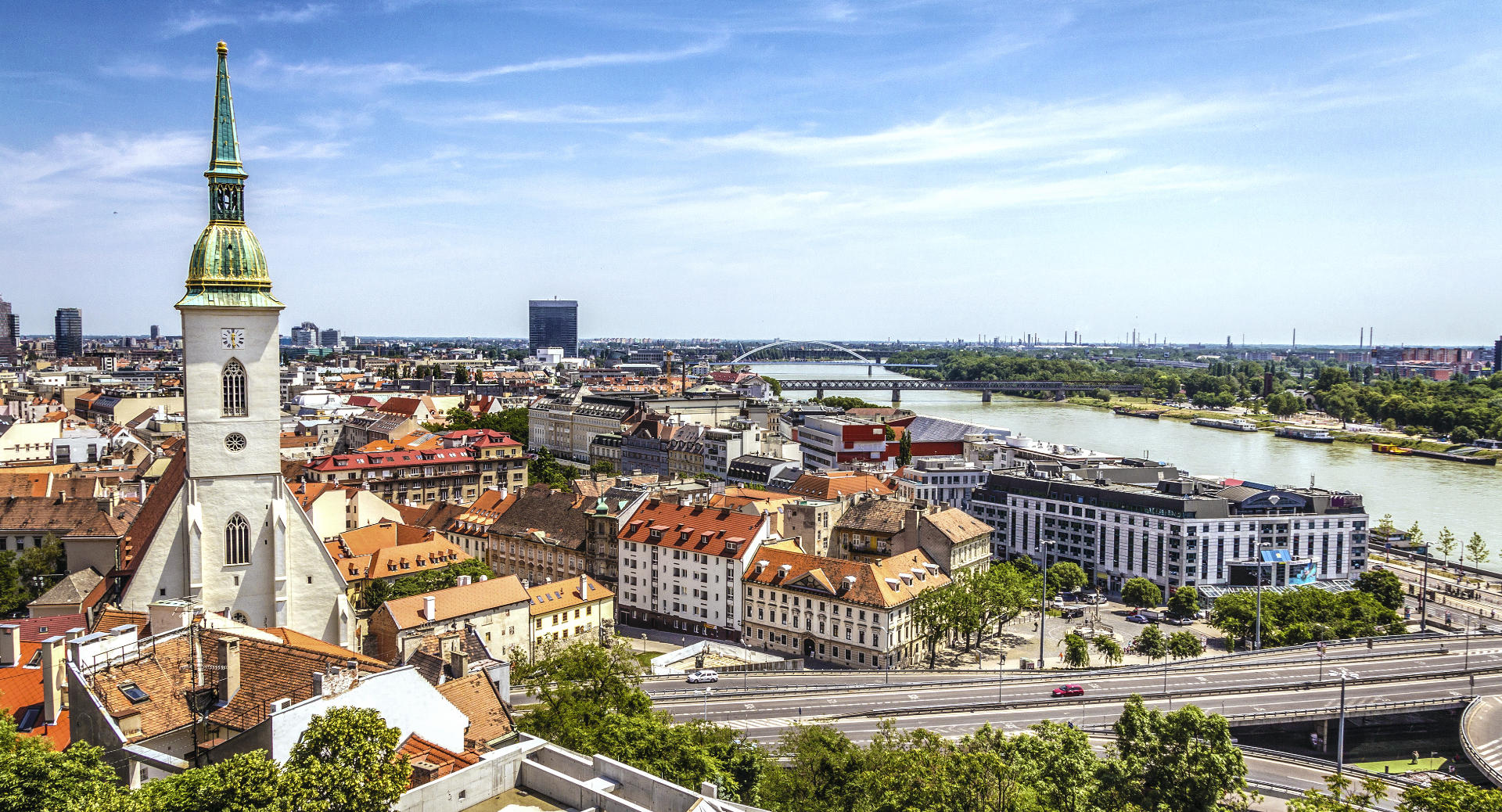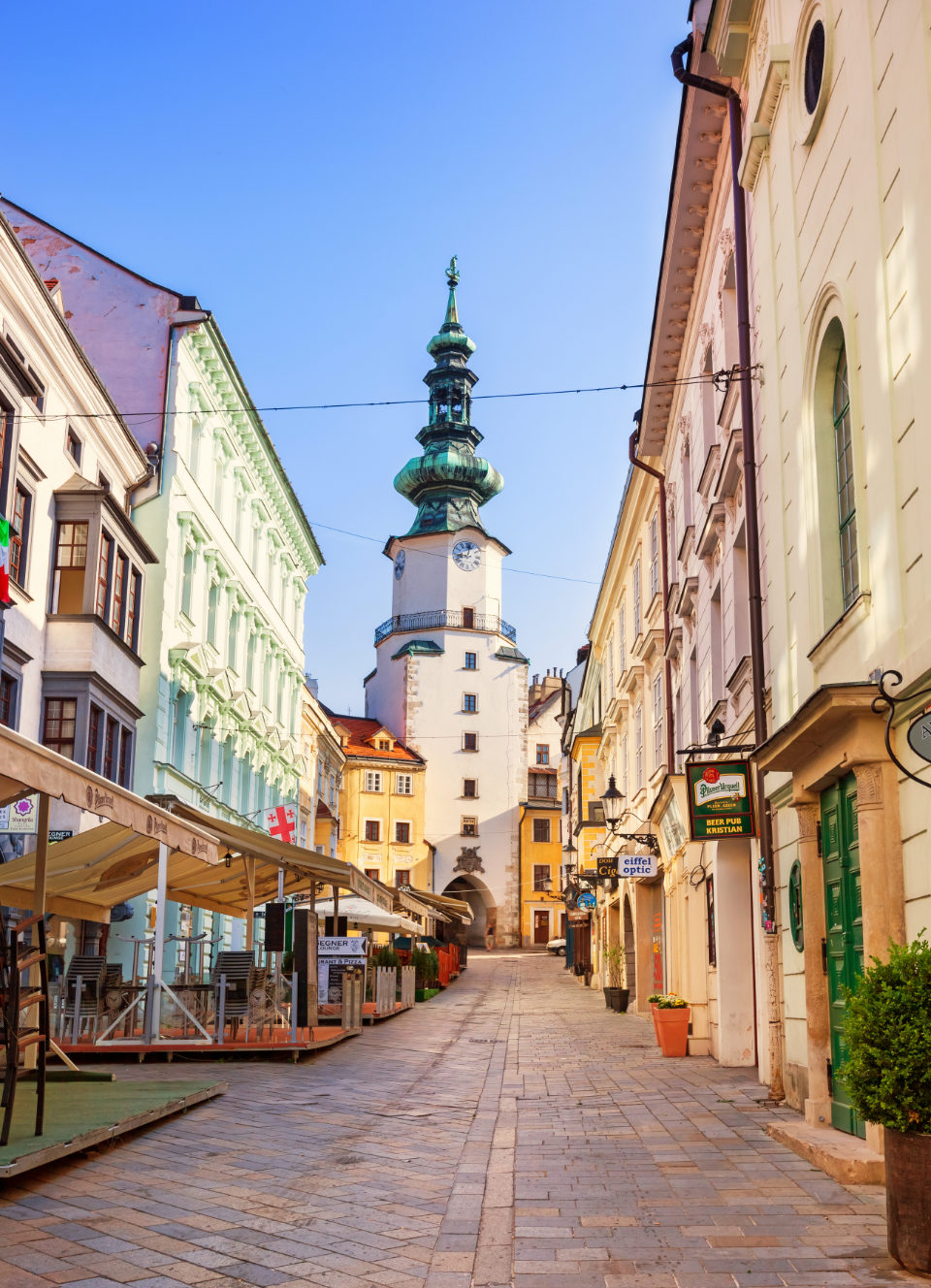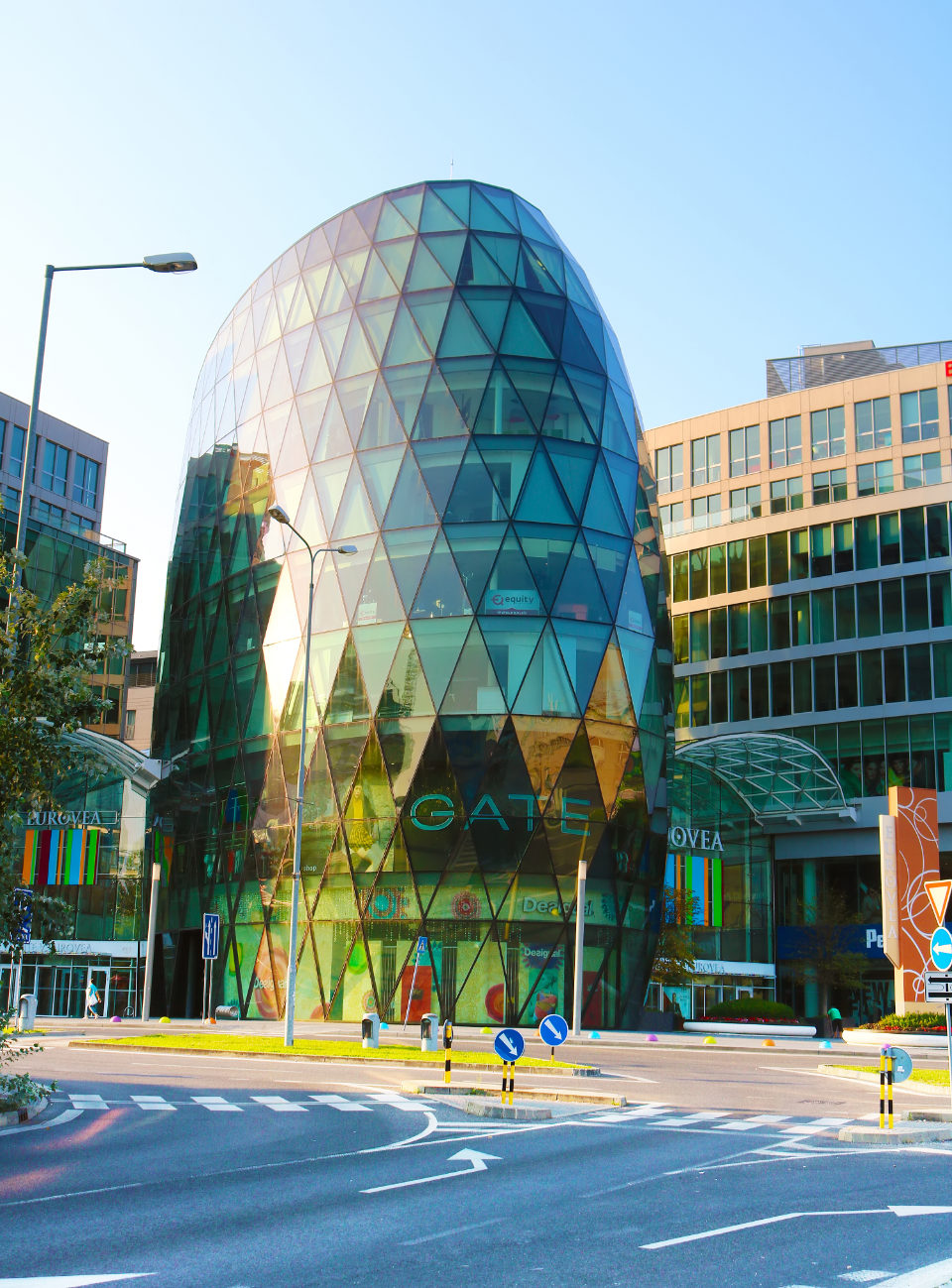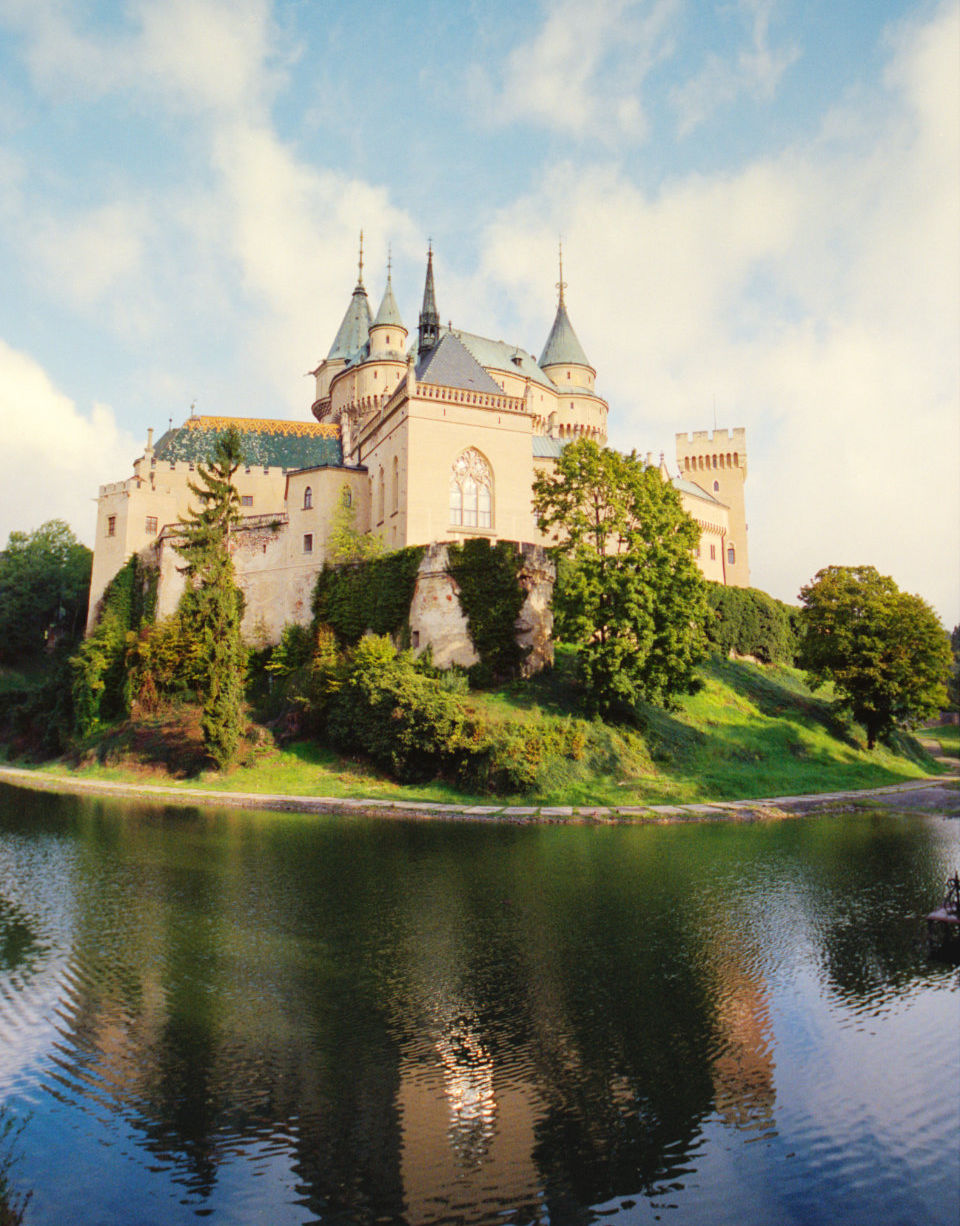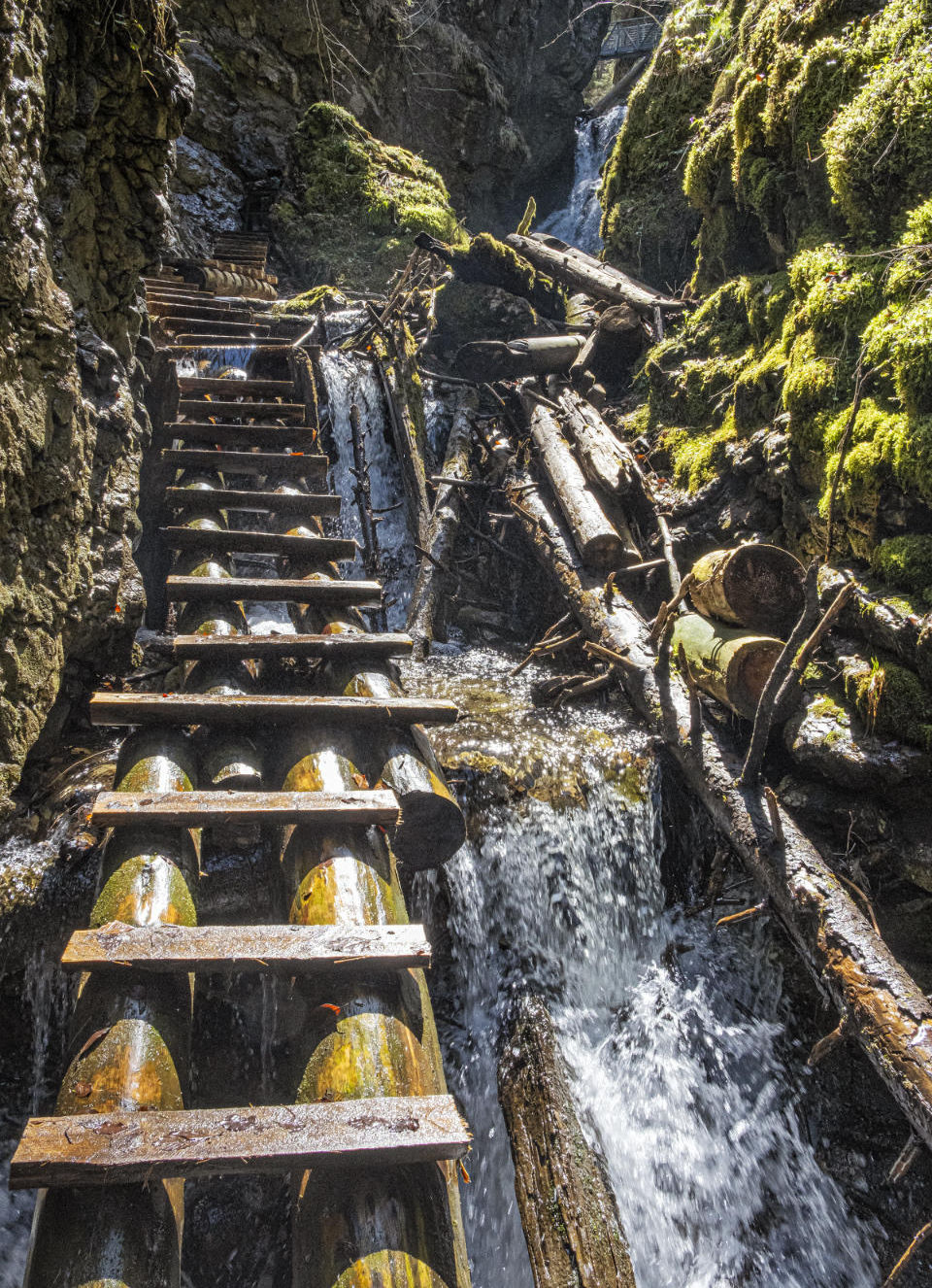The Slovak Educational System
Education in Slovakia is compulsory from ages 6 to 16 and is fully funded by the state at all levels. The Slovak Ministry of Education, Science, Research and Sport maintains the conditions for the development of institutions of education, and it is responsible for actual changes and legislation related to education. There are three types of school from the point of view of founder on primary and secondary level – state, private, and church. Church and private schools also receive subsidies from the state.
Elementary schools provide general, ethical, esthetic, polytechnic, health, and environmental education and physical training. They also provide religious education. Primary schools comprise 9 grades.
Secondary education is comprised of three types of secondary schools: gymnasium, secondary specialized school, and secondary vocational school. The study generally lasts 4 or 5 years, depending on the type of school.
Secondary Grammar Schools ‘Gymnasiums’ provide general secondary education and prepare students particularly for further study at higher education institutions. Students finish their studies by passing a final examination called "Maturita." Students must pass this exam successfully if they plan to apply for study at university.
Secondary Specialized Schools prepare students mainly for occupations in technical and economic sectors, pre-school education, medical nursery care, and fine arts and design. Students at these schools must pass the Maturita exam in both general and specialized subjects. They are then prepared for work in the field of study, or they may continue to institutions of higher education.
Secondary Vocational Schools prepare students for various occupations and working activities, which may or may not require training and the “Maturita Exam.” Education and training comprise general and vocational part. Education at secondary vocational schools is provided for those not qualified to attend a secondary school and vocational schooling ends by receiving a certificate in their respective occupation. Students however may decide to study further for “Maturita exam” – if passed, they will then be able to register for higher institutions.
Many secondary vocational schools offer the possibility for graduates to continue with the education for 2 or 3 years of study. This education is leading to upgrading the already gained qualification, obtaining of additional and new scientific and practical knowledge in the respective field of study or training and education in a different field of study. After finishing the study, the graduates obtain a certificate which entitles them to become a certified specialist in the respective field.

